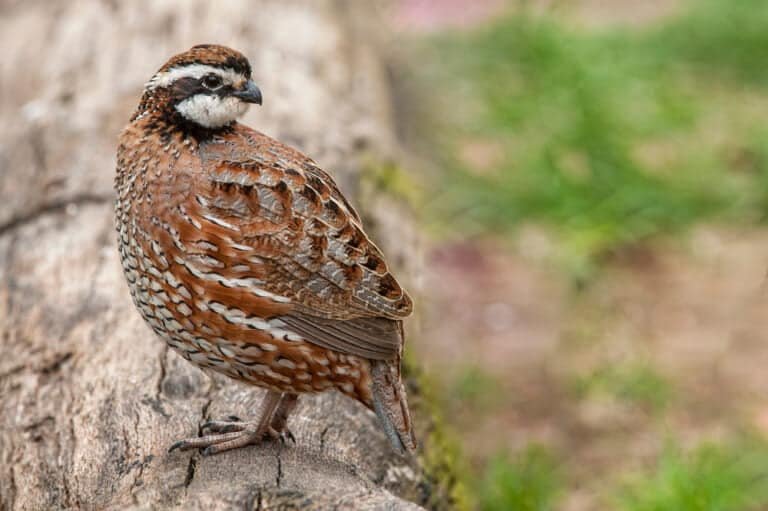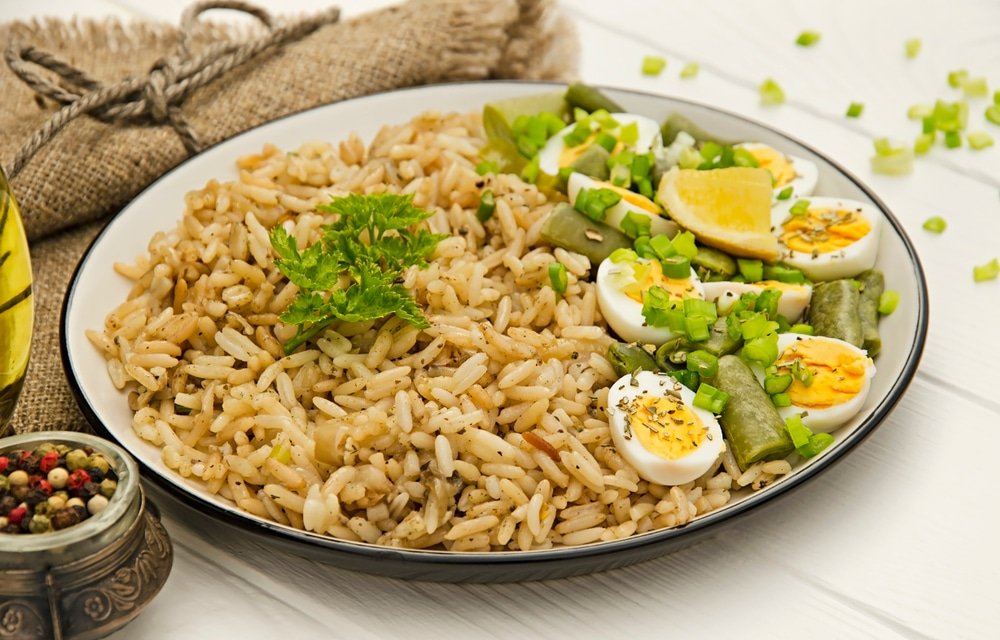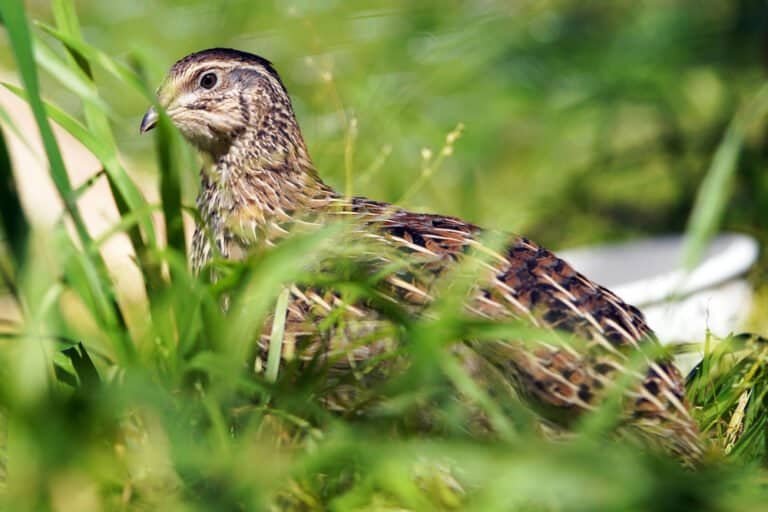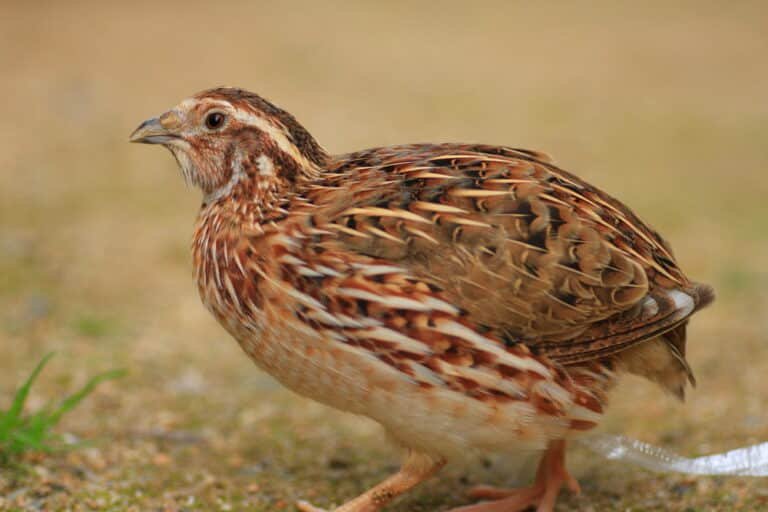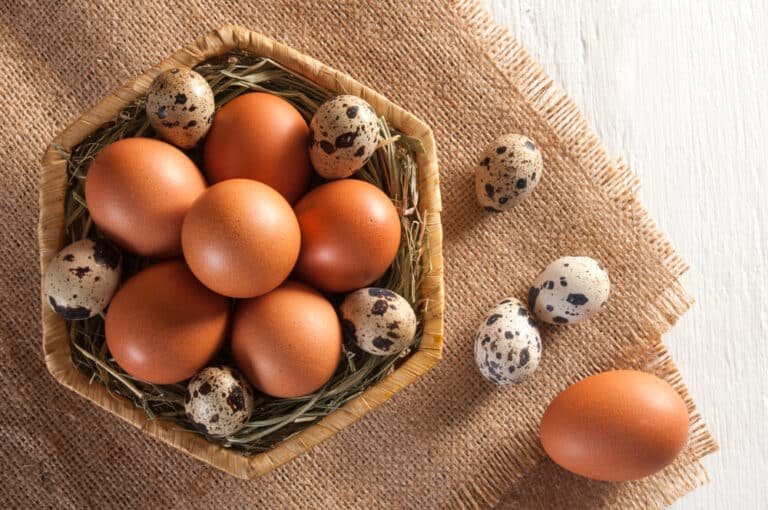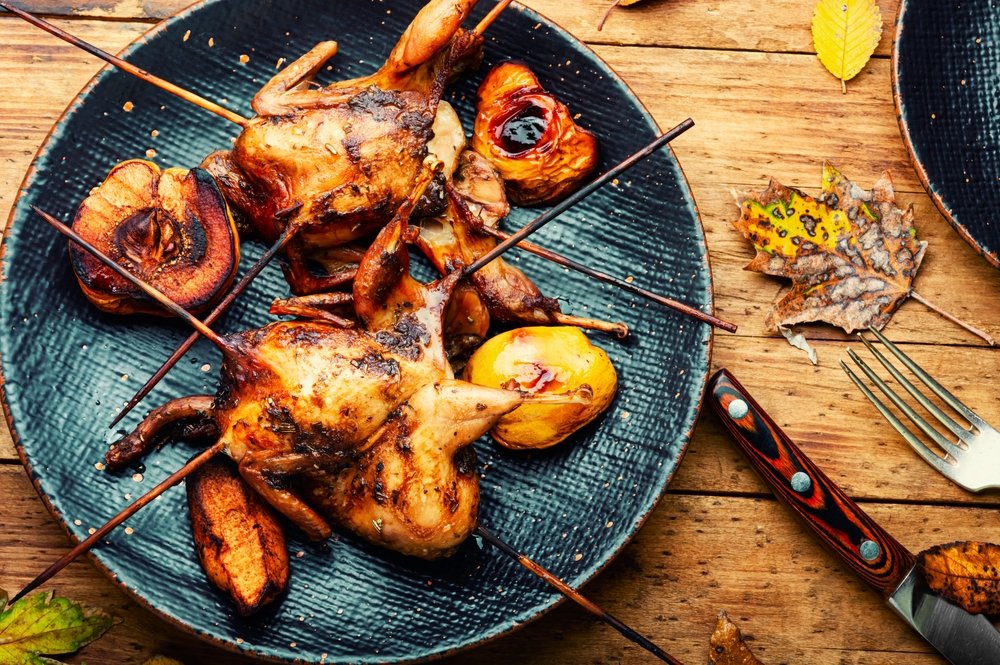The Quail Bird: A Secret Stolen Life Reveiled in 2024
The quail bird, small to medium-sized birds from the order Galliformes and the family Phasianidae, have captivated human interest for centuries. Renowned for their exquisite beauty and intriguing behaviors, these avian creatures inhabit various regions across the globe. With their diverse anatomy, distinct plumage patterns, and unique adaptations, quail have become subjects of admiration among bird enthusiasts and researchers alike.
Definition and Overview of Quail Birds
Quail birds, commonly known as quail or “the quail,” encompass several species that share common characteristics while displaying subtle variations in appearance and behavior. These ground-dwelling birds are primarily recognized for their compact bodies, rounded wings, and relatively short tails.
Their notable features include plump torsos adorned with intricate plumage patterns that often blend harmoniously with their natural surroundings. Quails are renowned for their ability to swiftly navigate through dense vegetation using short bursts of flight when necessary.
However, they primarily rely on swift running as their primary mode of terrestrial locomotion. This duality in locomotive techniques ensures quail not only evade potential threats but also maximize efficiency in finding food sources or establishing territories.
Classification and Species Diversity of Quail Birds
The classification system reveals a rich tapestry of diversity within quail. The family Phasianidae encompasses numerous genera that house a dazzling array of species belonging to this bird group. Some prominent genera include Coturnix (Old World quail), Callipepla (New World quail), Excalfactoria (buttonquail), Anurophasis (snow partridge), Lophura (pheasants), and Perdicula (bush-quail).
Regarding species diversity, quail birds offer a wide spectrum for exploration. Old World quail, such as the Common Quail (Coturnix coturnix), inhabit Europe, Asia, and Africa.
New World quail, including the California Quail (Callipepla californica) and Gambel’s Quail (Callipepla gambelii), are found throughout North and Central America. Buttonquail represent a distinct group notable for their small size and secretive behavior.
Overall, the classification and species diversity of quail birds present an exciting realm of exploration, highlighting their adaptation to various ecological niches across different continents. Understanding the nuances between these species provides valuable insights into their evolutionary history and ecological significance in their respective habitats.
By delving into quail birds’ definition, overview, classification, and species diversity, we gain a solid foundation for exploring their captivating world. In the subsequent sections of this article, we will delve deeper into their physical characteristics, habitat preferences, intriguing behaviors, dietary habits, reproductive strategies, and significance in mythology and culture throughout history.
Let us embark on an enlightening journey through the enchanting realm of these exquisite avian creatures known as quail. (Note: The remaining sections will be covered in subsequent articles.)
Physical Characteristics of Quail Birds
Size and Weight Variations Among Different Species
Quail birds exhibit a remarkable diversity in size and weight across different species. These avian creatures range in size from as small as 4 inches (10 cm) to as large as 12 inches (30 cm) in length, with variations in weight ranging from a mere 1 ounce (28 grams) to around 12 ounces (340 grams).
For instance, the Japanese Quail falls on the smaller end of the spectrum, measuring approximately 6-8 inches (15-20 cm) long and weighing about 4-6 ounces (115-170 grams). On the other hand, the California Quail (Callipepla californica), one of the larger species, measures around 10-12 inches (25-30 cm) long and weighs roughly between 6-9 ounces (170-255 grams).
Plumage Patterns and Colors in Quail Birds
Quail birds are renowned for their stunning plumage patterns and vibrant colors that vary greatly among different species. The feather arrangements range from intricately mottled or speckled patterns to bold stripes or solid coloration.
For example, the Gambel’s Quail, predominantly found in southwestern North America, displays an eye-catching combination of black face masks outlined by white markings, chestnut-colored bodies adorned with white scalloped patterns on their flanks, and distinct crests on their heads. Conversely, the Blue Quail or Scaled Quail, prevalent in arid regions of Mexico and western Texas, possesses intricate scaled patterning across its body with shades of brown, tan, grayish-blue hues.
Unique Features like Crests, Facial Markings, and Beak Shapes
Quail birds possess distinctive features that help them stand out among other avian species. One prominent feature is the crests atop their heads, which can vary in size and shape. For instance, the California Quail boasts an elegant comma-shaped crest that can be erect or flat against the head depending on the mood or activity level.
Another fascinating aspect is their facial markings, often highly pronounced and aid species identification. Some quail have bold facial patterns, such as white stripes above each eye or intricate black-and-white designs extending from the eyes to the beak area.
Furthermore, quail birds display a range of beak shapes suited to their specific feeding habits, including short and stout beaks for cracking seeds or longer and more slender ones for probing into soil or vegetation. Quail birds exhibit diverse physical characteristics contributing to their mesmerizing beauty and distinctiveness.
From varying sizes and weights across species to captivating plumage patterns enriched with vibrant colors, they truly captivate the eye of bird enthusiasts. Additionally, unique features like crests adorning their heads, striking facial markings enhancing recognition capabilities, and well-suited beak shapes tailored to their feeding preferences further highlight the remarkable traits that make these avian creatures truly extraordinary.
Habitat and Distribution of Quail Birds
Global distribution of quail bird species
Quail birds have a widespread global distribution, inhabiting various continents worldwide. They can be found in North America, Europe, Asia, Africa, and Australia. Different species of quail have adapted to diverse ecosystems and environments within these regions.
For instance, the Northern Bobwhite (Colinus virginianus) is native to North America, specifically the eastern United States and parts of southern Canada. Meanwhile, the Japanese Quail (Coturnix japonica) is indigenous to East Asia but has been introduced to other parts of the world due to its popularity in aviculture.
Preferred habitats, including grasslands, woodlands, and deserts
Quail birds display remarkable adaptability when it comes to their habitat preferences. However, they tend to favor specific environments that provide suitable conditions for survival.
Grasslands are one such preferred habitat for many quail species. The open landscape, with a mix of tall grasses and scattered shrubs, offers ample nesting cover and abundant food sources like seeds and insects.
Woodlands are another common habitat choice for quail since they provide sheltered areas with dense vegetation. These areas typically consist of forests or woodland edges with a mixture of trees and understory plants that offer protection from predators while allowing enough visibility for feeding.
Surprisingly, some quail have also adapted to arid environments such as deserts. These desert-dwelling quail have evolved specialized physiological mechanisms that enable them to survive in extremely dry conditions where water sources may be scarce or unpredictable.
Seasonal migrations or territorial behaviors
The migratory behavior among quail birds varies depending on the species and regional factors such as climate and resource availability. While some quail are sedentary and maintain a relatively stable territory throughout the year, others exhibit migratory patterns, particularly in response to changing seasons. For instance, certain quail species in North America engage in seasonal migrations.
They move from their breeding grounds during the summer to more favorable wintering areas with milder climates and abundant food resources. These migratory movements can cover significant distances, often involving flocks or coveys of quail traveling together.
On the other hand, some quail species demonstrate territorial behavior instead of migration. They establish and defend specific territories for breeding and nesting purposes.
Vocalizations, displays, or physical confrontations with intruders may mark these territories. Quail birds exist in diverse habitats across the globe, with species adapted to different ecosystems.
While grasslands and woodlands are preferred due to available cover and food sources, certain quail have also adapted to survive in deserts. Their behavior regarding migration or territoriality varies among species but generally serves their reproductive needs or responses to changing seasons and resource availability.
Behavior and Social Structure of Quail Birds
The Intricate Group Dynamics within Quail Bird Flocks or Coveys
Quail birds are highly social creatures, known for their complex group dynamics within flocks or coveys. These tight-knit communities consist of several individuals who work together in a hierarchical structure to ensure collective survival.
Within a quail flock, there is often an established pecking order with dominant individuals asserting their authority over subordinates. The hierarchy is typically maintained through various interactions, such as aggressive displays, pecking orders during feeding, and vocalizations.
The dominant quail have priority access to resources such as food and nesting sites while lower-ranking members must yield to the higher-ups. This organized social structure ensures the group’s overall stability and cohesion.
Courtship Rituals, Mating Behaviors, and Nesting Habits
Quail birds exhibit fascinating courtship rituals that are both intuitive and elaborate. During the breeding season, males engage in impressive displays to attract females. These displays may include fluffing feathers, rapid wing vibrations, exaggerated head movements, and distinctive calls or songs.
The male’s plumage may also become more vibrant during courtship. Once a pair has formed, they will engage in an intricate dance-like ritual consisting of mutual vocalizations and synchronized movements.
This courtship behavior not only strengthens the bond between mates but also serves to identify suitable partners. After successful courtship, quail build nests on the ground utilizing materials such as grasses or leaves.
The female takes on primary incubation duties while the male guards the nest vicinity against potential threats. The nests are carefully concealed among vegetation for protection from predators.
Communication Methods Such as Calls, Displays, and Body Language
Quail birds employ various communication methods to convey messages within their flock and to potential threats or mates. Their vocal repertoire includes a range of calls, each serving different purposes.
For example, a high-pitched “bob-white” call is often used to maintain contact with other flock members. Males may also emit specific calls during courtship displays.
In addition to vocalizations, quail employ visual displays and body language to communicate. Males may puff up their plumage, fan their tails, or strut impressively to establish dominance or attract a mate.
Subordinate quail often exhibit submissive behaviors such as crouching or lowering their heads. Furthermore, body language is crucial in maintaining social order within the flock.
Quail birds use subtle movements like wing flicking and head tilting to convey messages related to territory boundaries or potential danger. Understanding quail birds’ intricate behavioral patterns and social dynamics provides us with a deeper appreciation for these remarkable creatures’ ability to communicate and thrive as a cohesive community within their natural habitats.
Diet and Feeding Habits of Quail Birds
Omnivorous Nature: Plant Matter, Seeds, Insects, Small Vertebrates
Quail birds are fascinating creatures known for their omnivorous diets. They possess a remarkable ability to adapt their feeding habits based on the availability of resources in their environment.
Many of a quail’s diet consists of plant matter, including various seeds, berries, fruits, and tender shoots. These small game birds are particularly fond of grains such as millet, wheat, oats, and corn.
In addition to plant material, quail also incorporate insects into their diet. They have a keen eye for spotting crawling or flying insects like beetles, grasshoppers, caterpillars, and ants.
Consumption of these protein-packed arthropods provides essential nutrients and aids in controlling pest populations in their habitats. Furthermore, quail are known to consume small vertebrates opportunistically.
While they primarily rely on plants and insects for sustenance, they occasionally prey on snails or small reptiles like lizards or snakes when the opportunity arises. This flexible dietary behavior enhances their survival by ensuring they can meet nutritional requirements across various environments.
Foraging Techniques Employed by Quails for Food Acquisition
Quail birds have developed ingenious foraging techniques that efficiently obtain food from different sources within their habitats. Their feeding strategies vary depending on the type of food they are targeting. When acquiring plant matter and seeds from the ground or low vegetation, quail employ scratching as an effective technique.
Using their strong legs and feet armed with sharp claws adapted for digging into soil or leaf litter piles, they vigorously scrape away debris to reveal hidden seeds or edible plant parts beneath. For capturing insects or other small prey items that move about in vegetation or on the ground, quail employ a stalking approach.
With their excellent camouflage and keen eyesight, they stealthily maneuver through foliage or grass, freezing in position when they spot their prey. Once within striking distance, they rapidly peck or grab the unsuspecting insect with impressive precision.
Quails are also known for their gleaning behavior. This involves meticulously searching for food items by closely inspecting leaves, shrubs, or tree bark for hidden insects or eggs.
By adopting this meticulous feeding method, quail can extract nourishment from even the most inconspicuous hiding places. Quail birds have a versatile and adaptable diet that includes plant matter, seeds, insects, and occasionally small vertebrates.
Their omnivorous nature allows them to exploit various food sources in their environment effectively. Through scratching, stalking, and gleaning techniques tailored to specific prey types and food sources, quail exhibit remarkable foraging skills, contributing to their survival and the successful exploitation of diverse ecosystems.
Mating Systems: Monogamy vs. Polygamy
Quail birds, like many avian species, exhibit a range of mating systems, with monogamy and polygamy being the two primary arrangements. Monogamous mating systems involve the formation of long-term pair bonds between a single male and female, where they share responsibilities in raising their offspring.
This bond is often reinforced through elaborate courtship displays and vocalizations. In contrast, polygamous mating systems in quail birds can take two forms: polygyny and polyandry.
Polygyny occurs when a male mates with multiple females during a breeding season, while each female typically forms a temporary association with only one male. On the other hand, polyandry is less common but still observed in some quail species where females mate with multiple males within a breeding season.
These different mating systems are influenced by resource availability, population density, and sexual dimorphism within quail bird populations. While monogamy provides benefits such as increased parental care and shared responsibilities between partners, polygamous arrangements offer opportunities for increased genetic diversity.
Incubation Period & Parental Care
The incubation period of quail birds varies depending on the species but generally lasts between 17 to 23 days. During this period, one or both parents diligently incubate the eggs to ensure proper development.
The responsibility for incubation can vary based on the specific mating system; in monogamous pairs or polyandrous arrangements where males provide substantial parental care, both parents are involved in incubation duties. In contrast, in some polygynous species where males have multiple mates, only females undertake incubation tasks.
Once hatched, quail chicks are precocial – they have well-developed down feathers and can walk shortly after hatching. Parental care continues after hatching, with adults providing guidance, protection, and teaching their offspring various survival skills.
Quail parents actively forage for food, consuming it partially before regurgitating it to feed their young. This feeding behavior is crucial for the chicks’ growth and development.
The level of parental care can differ among species and may be influenced by predation risk, population density, or food availability. Generally, quail birds exhibit remarkable dedication to raising their offspring, ensuring survival during the vulnerable early stages of life.
Sexual Dimorphism & Differences in Plumage Between Males & Females
Sexual dimorphism in quail birds is evident through differences in plumage between males and females. These variations serve various purposes related to reproduction and courtship rituals.
In many species, males display more vibrant colors and patterns than females to attract potential mates. Male quail often boast striking crests or combs on their heads, along with bold facial markings that enhance their overall attractiveness during courtship displays.
Additionally, males typically have richer plumage colors or patterns on their bodies than females. These visual cues play a vital role in the selection process when females evaluate potential partners.
In contrast, female quail usually exhibit more subtle plumage patterns that provide protective camouflage during nesting periods when blending into the environment is crucial for safeguarding eggs or avoiding predators while incubating them. Their muted appearance allows them to remain inconspicuous while tending to nests or caring for young hatchlings.
Quails as Game Birds
Popularity as a game bird for hunting enthusiasts
Quail birds have long been favored among hunting enthusiasts, making them highly popular as game birds. The thrill of pursuing these agile and elusive creatures has captivated hunters worldwide. One of the reasons for their popularity is their ability to take flight when startled, offering a challenging target quickly.
Their small size and intricate flight patterns also demand precision and skill from hunters, adding to the excitement of the pursuit. Moreover, quail delicious meat is another reason hunters highly seek them.
These birds’ succulent, flavorful flesh makes them an attractive culinary choice for many gastronomes. Quail meat is known for its unique taste and tenderness, enhancing its desirability among professional chefs and home cooks.
Breeding programs for hunting purposes
To meet the demand for quail hunting opportunities while conserving wild populations, breeding programs have been established specifically for hunting purposes. These programs focus on selectively breeding quail with desirable traits such as strength, agility, and explosiveness during flight—qualities that make them more challenging targets for hunters.
Through careful selection and controlled breeding practices, these programs aim to produce quail with enhanced sporting characteristics while maintaining genetic diversity. By selectively pairing individuals based on desired traits, breeders can gradually refine quail populations tailored to meet the demands of avid hunters.
Regulations & conservation efforts to sustain populations
Due to increased interest in quail hunting and potential environmental risks faced by wild populations, regulations have been implemented to ensure sustainable practices that protect both the species and its habitats. These regulations typically include restrictions on bag limits (the number of birds an individual can legally harvest) and specific seasons during which hunting is permitted.
Conservation efforts play a crucial role in maintaining healthy quail populations. Organizations and agencies dedicated to preserving quail bird habitats work to protect their nesting areas, promote land management practices that maintain suitable environments, and educate hunters about sustainable hunting practices.
By monitoring population trends and implementing conservation strategies, these efforts aim to balance the recreational value of quail hunting with the need for long-term species preservation. Quails’ reputation as game birds derives from their challenging flight patterns and delectable meat.
Breeding programs that enhance sporting characteristics have further contributed to their popularity among hunters. Nevertheless, regulations and conservation efforts are essential to ensure sustainable hunting practices and safeguard wild populations for future enthusiasts to enjoy this exhilarating pursuit.
Quail in Mythology & Culture
Symbolism in various cultures throughout history
Quails have long held symbolic significance in various cultures around the world. In ancient Greek mythology, the quail was associated with the goddess Hera and was believed to bring good luck.
It was also considered a symbol of love and devotion. In Japanese culture, the quail symbolizes strength and courage and is often depicted as an emblem of warriors.
Native American tribes, such as the Hopi and Navajo, regarded the quail as a symbol of abundance and fertility. In Chinese folklore, quail are seen as a sign of familial harmony and unity.
The Mandarin word for quail is phonetically similar to the word for “family,” reinforcing this association. In many African cultures, quail are considered sacred birds with healing powers and spiritual protection.
Folklore surrounding quail
Quails have been featured in numerous folk tales and stories across different cultures. One famous fable is Aesop’s “The Quail and The Fowler,” which emphasizes the importance of wit over physical strength. In this tale, a clever quail outsmarts a fowler by using its intelligence to avoid capture.
In Native American folklore, some stories depict how quail obtained their distinctive calls or plumage patterns through encounters with supernatural beings or spirits who bestowed these traits upon them. In Japanese folklore, there is a legend called “The Feather Robe,” where a young man marries an enchanting woman who wears a robe made of magical bird feathers—quail being one of them—which allows her to transform into different avian forms at will.

Conclusion
Throughout history and across diverse cultures worldwide, quail have been revered for their symbolism and featured prominently in mythology and folklore. These small birds represent luck, love, courage, family unity, and healing powers.
Their presence in ancient tales and cultural narratives highlights humans’ fascination with quail. From their humble existence in nature to their rich representation in mythology and folklore, quail remind us of the intricate connections between humanity and the natural world.
By exploring the significance of quail across different cultures, we understand how these captivating birds have permeated our imagination. In appreciating the cultural significance of quail, we are reminded to cherish the diverse creatures that inhabit our planet and recognize their profound impact on our lives.
Quails serve as a testament to nature’s ability to inspire wonderment and foster cultural richness. Let us embrace this connection with nature and strive for a harmonious future where humans and wildlife coexist.

